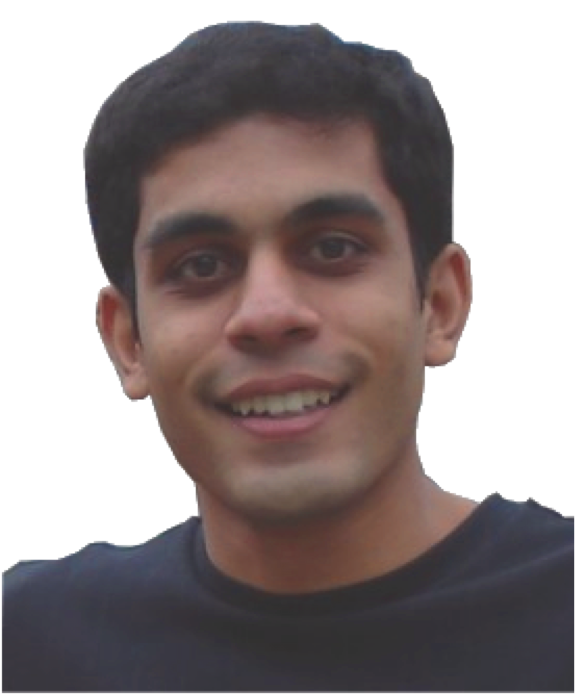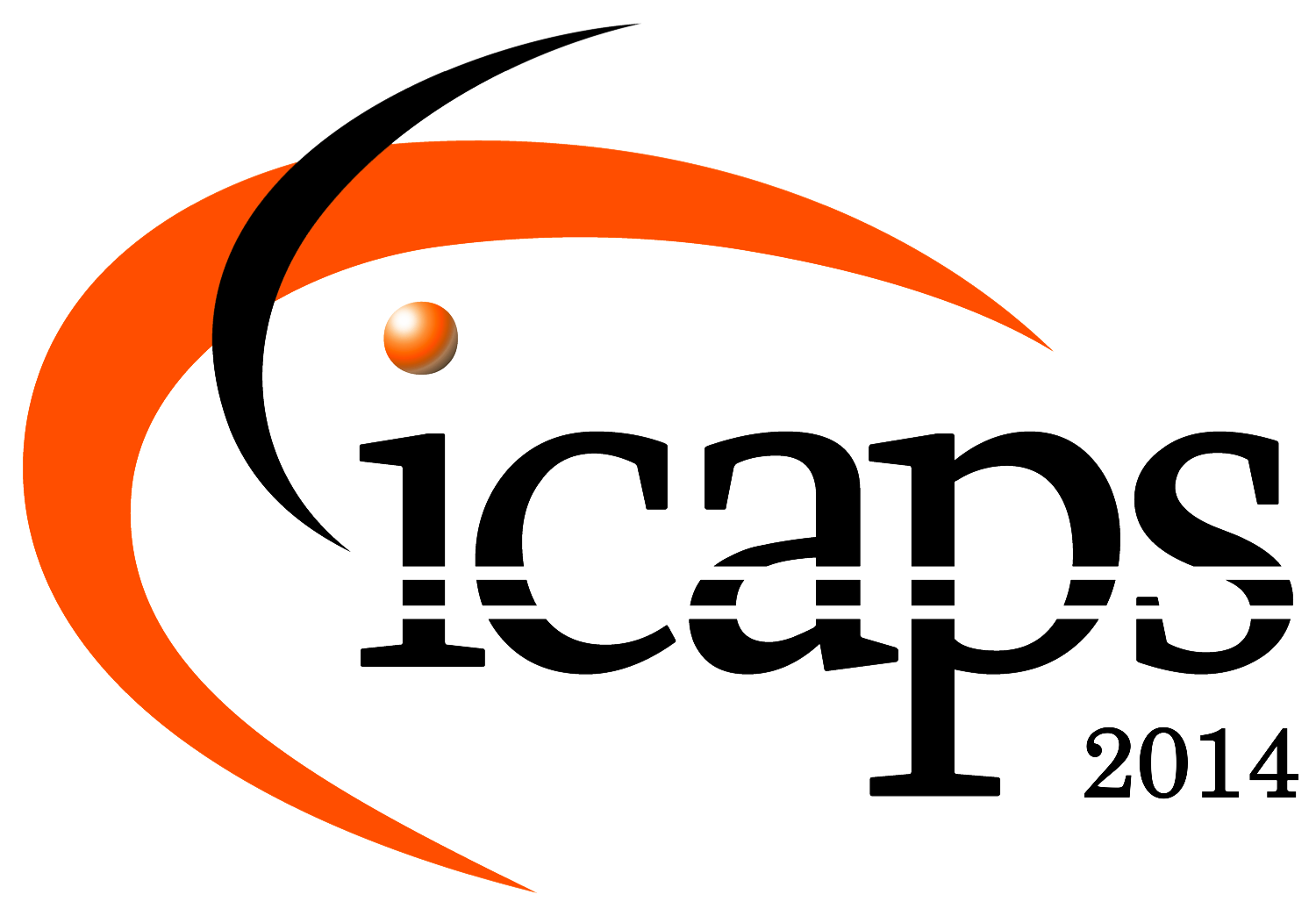TU 1: Task and Motion Planning for Robots in the Real World
Siddharth Srivastava and Sachin Patil
Monday June 23rd, 2014. (PM - half day)


In order to autonomously perform high level tasks such as laying a table for dinner, robots need to carry out high level planning based on logical descriptions like PDDL as well as lower level motion planning in a high dimensional continuous space. While each of these levels of planning have witnessed significant research and have progressed immensely as independent fields, unifying them into a solution approach has turned out to be a significant theoretical challenge. This is because in the real world, even the so called high level actions, like picking up an object, have geometric preconditions over continuous arguments and cannot be expressed accurately as discrete actions. Furthermore, reliably executing such actions would require reasoning about the world from real-valued sensor measurements.
This two-part tutorial will cover the essential concepts from both fields and provide a comprehensive survey of recently proposed approaches for task and motion planning in robotics. One of the key objectives will be to break down the barriers preventing experts in each layer of planning from contributing using the techniques from the other. The first part of the tutorial will be focused on overall approaches for combining task planning and motion planning; the second part will be focused on aspects involving partial observability and stochastic actions.

